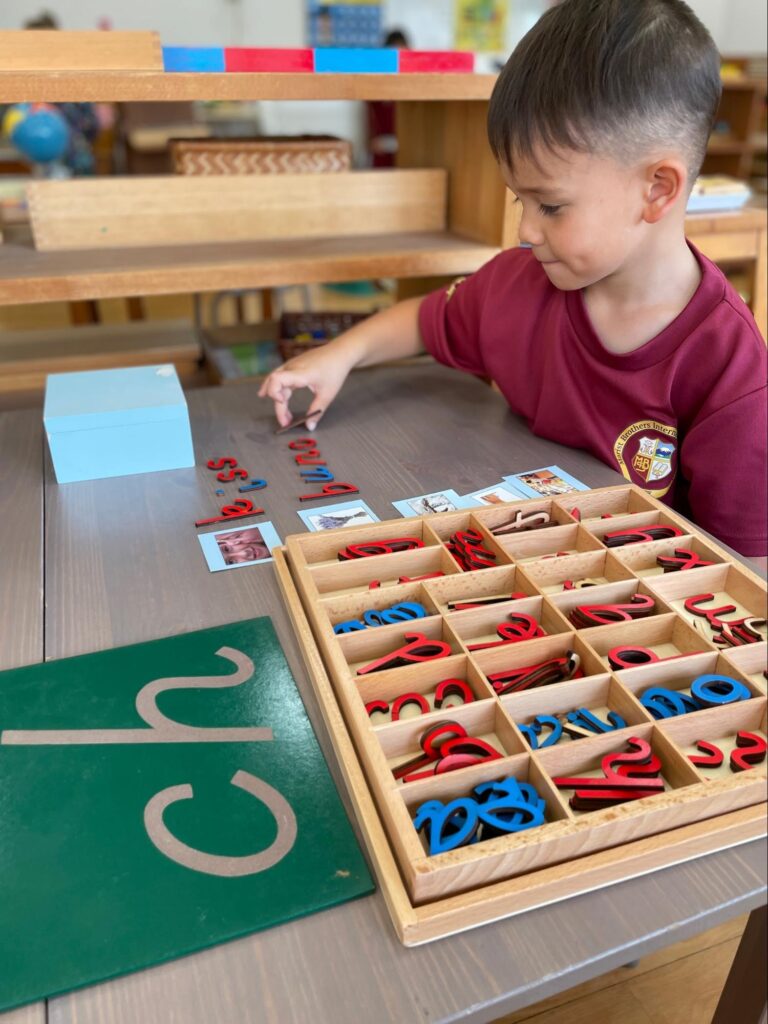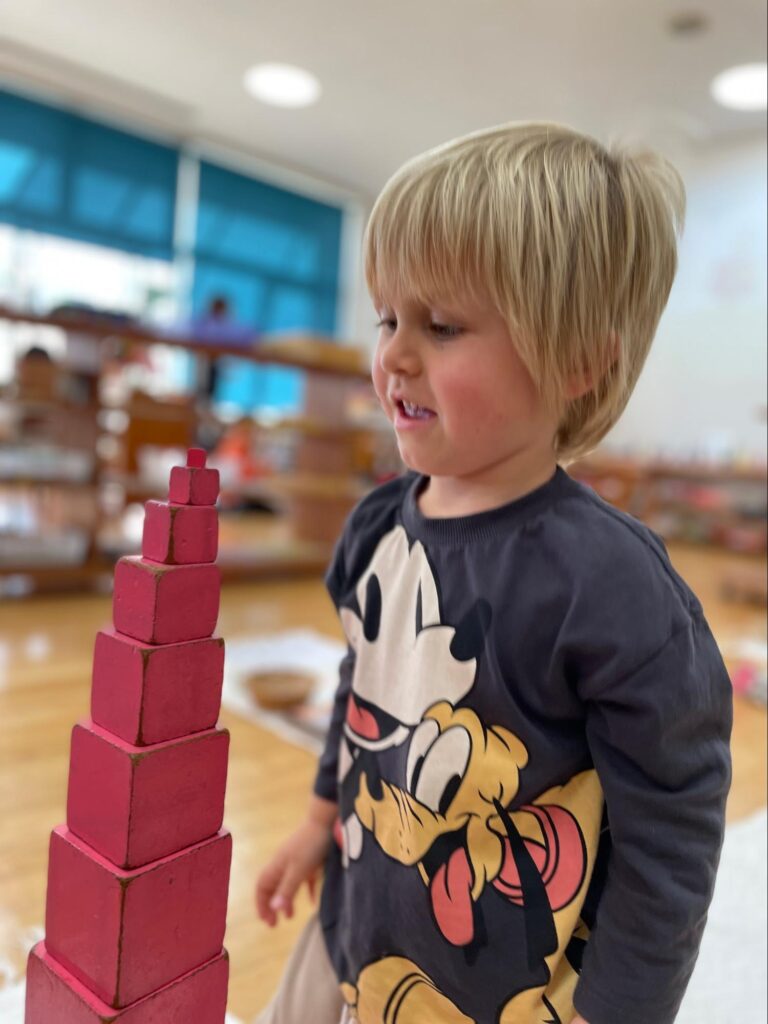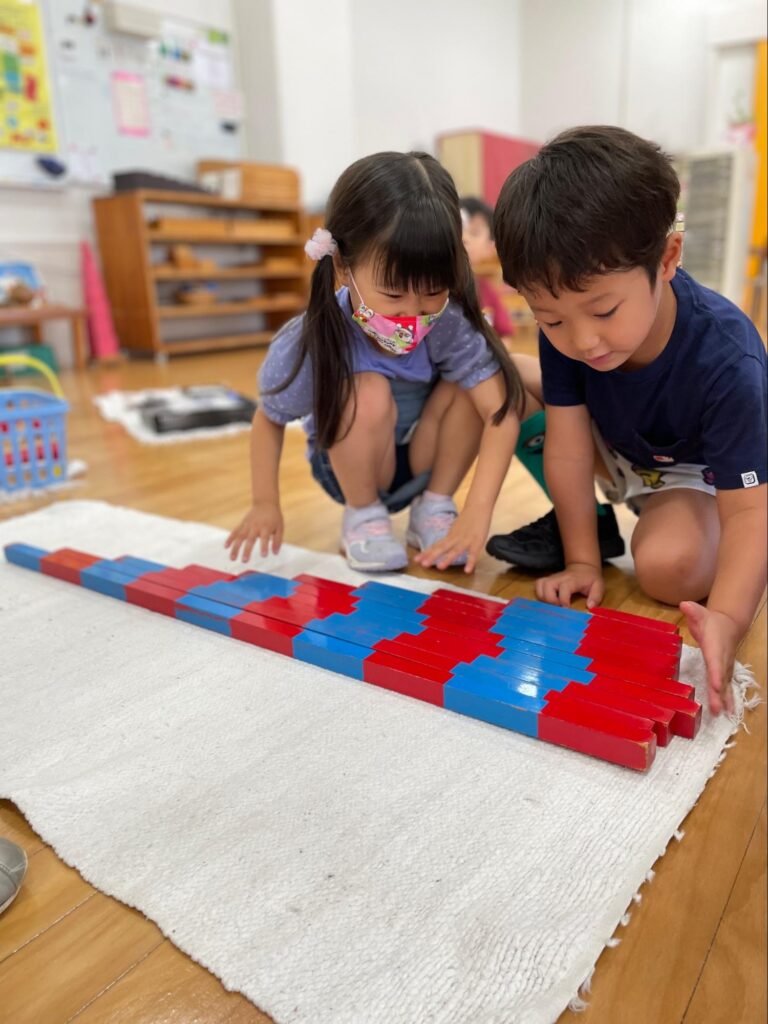Marist Brothers International School
Early Years
Early Learning Years Program
At Marist Brother International School, we recognize the critical role of Early Years education as the foundation for lifelong learning. Our philosophy promotes student-led inquiry, fostering active engagement among children through observation, play, questioning, investigation, and drawing conclusions. This approach not only enhances critical thinking but also cultivates curiosity, making the learning process captivating. As a result, children develop confidence in their abilities, thoughts, and ideas, while also building stronger relationships with peers and improving their communication skills.
To create a supportive and nurturing learning environment, our Early Years Program adopts a team approach involving multiple teachers. Collaboratively, these educators meticulously plan and deliver a diverse range of engaging and meaningful activities to support children’s learning and development. Within our early learning classrooms, children are provided with valuable opportunities to deepen their understanding of the world, fostering their confidence, capabilities, and compassion as learners. The team approach with multiple teachers ensures that each child receives the necessary support to reach their full potential.
Our Early Years Program, focuses on providing a carefully planned and stimulating “Prepared Environment” that lays a strong foundation for creative learning in preschool-aged children.
The learning materials are specifically designed to offer a wide variety of experiences that cater to the developmental needs of this age group. The child’s engagement with these materials through handling, manipulation, and work is incredibly captivating and absorbing. Well-structured tasks elicit a deep inner satisfaction, fostering a positive attitude towards all aspects of school.
The specific objectives of our Early Years Program are as follows:
Children between the ages of two and a half and six years are highly receptive to learning the fundamental rules of human behavior. The purpose of our program is to support children in developing foundational habits, attitudes, skills, appreciations, and ideas that are essential for a lifetime of creative learning.








Students are exposed to the basic elements of music such as singing, rhythms, listening ( instrument identification), the concept of high and low notes, and slow, medium and fast tempos. Instruments incorporated into this class are rhythm sticks, Orff instruments (xylophones), hand bells, Boomwhackers, tambourines, and various other ethnic instruments.
Students enjoy learning Japanese by singing and dancing Japanese songs. They also learn about Japanese culture and traditions through a variety of activities such as making origami and crafts based on Japanese cultural events and listening to Japanese folk tales. They learn how to read, write, speak and listen in Japanese and are introduced to Hiragana.
Students learn about their environment by moving through space often to a rhythmic beat. This movement includes moving side-to-side, forward-and-back, and upward-and-down using a variety of pathways and in relation to objects. Students practice locomotor movements, including walking, running, hopping, skipping, jumping, leaping, galloping, and sliding, to move in general space at both fast and slow speeds. Students also practice non-locomotor movements, including bending, curling, stretching, swaying, swinging, turning, and twisting to move in personal space. Three and four year old students are also beginning to manipulate (e.g., strike, toss, kick, bounce) a wide variety of objects.
Early Childhood students are engaged in activities that introduce art materials and tools and teach practical skills. These become the means through which children can do creative art work. Children who do creative work are building the qualities of self-confidence and imagination; these qualities are valuable in whatever goals the children pursue.
Students will learn how a library can enrich their lives. They will check-in and checkout books weekly which relate to their interests. Students will be exposed to a variety of reading materials and learn about the basic format of books. Students will experience the joy of having books read to them and in reading/looking at books independently. They will learn how books are created and about the people who create them.